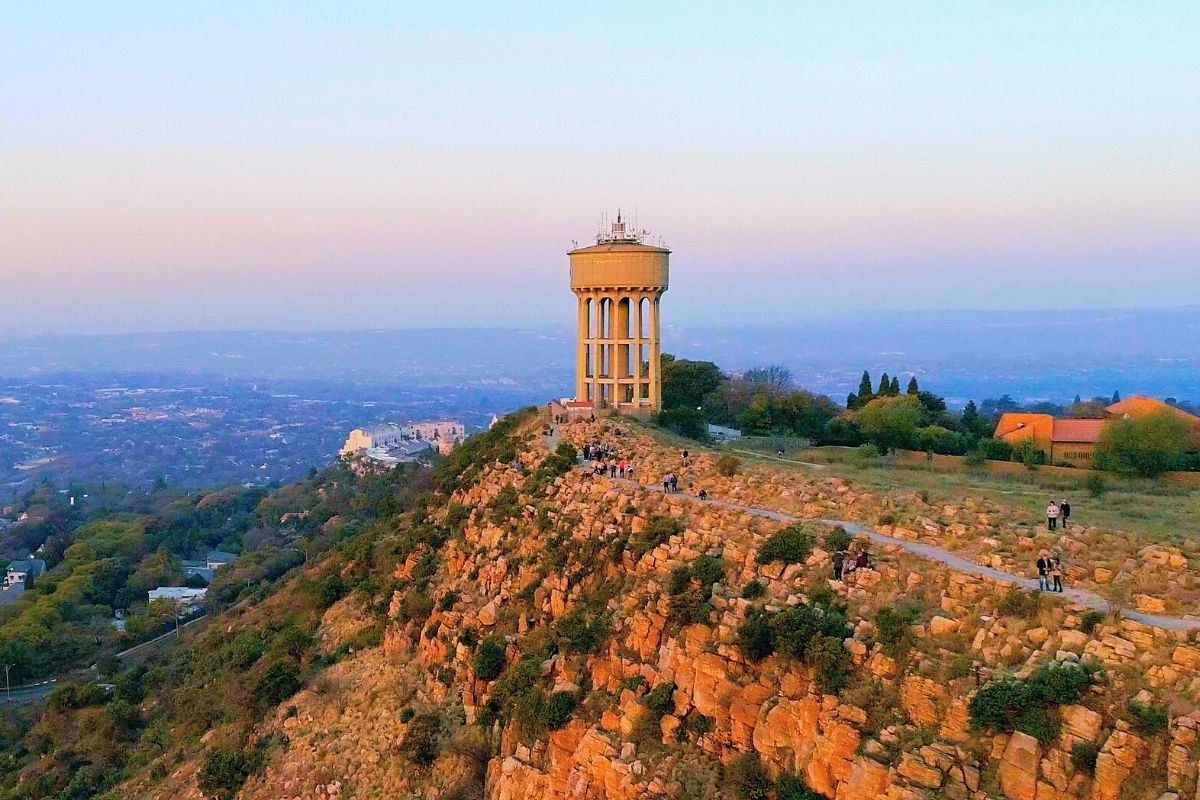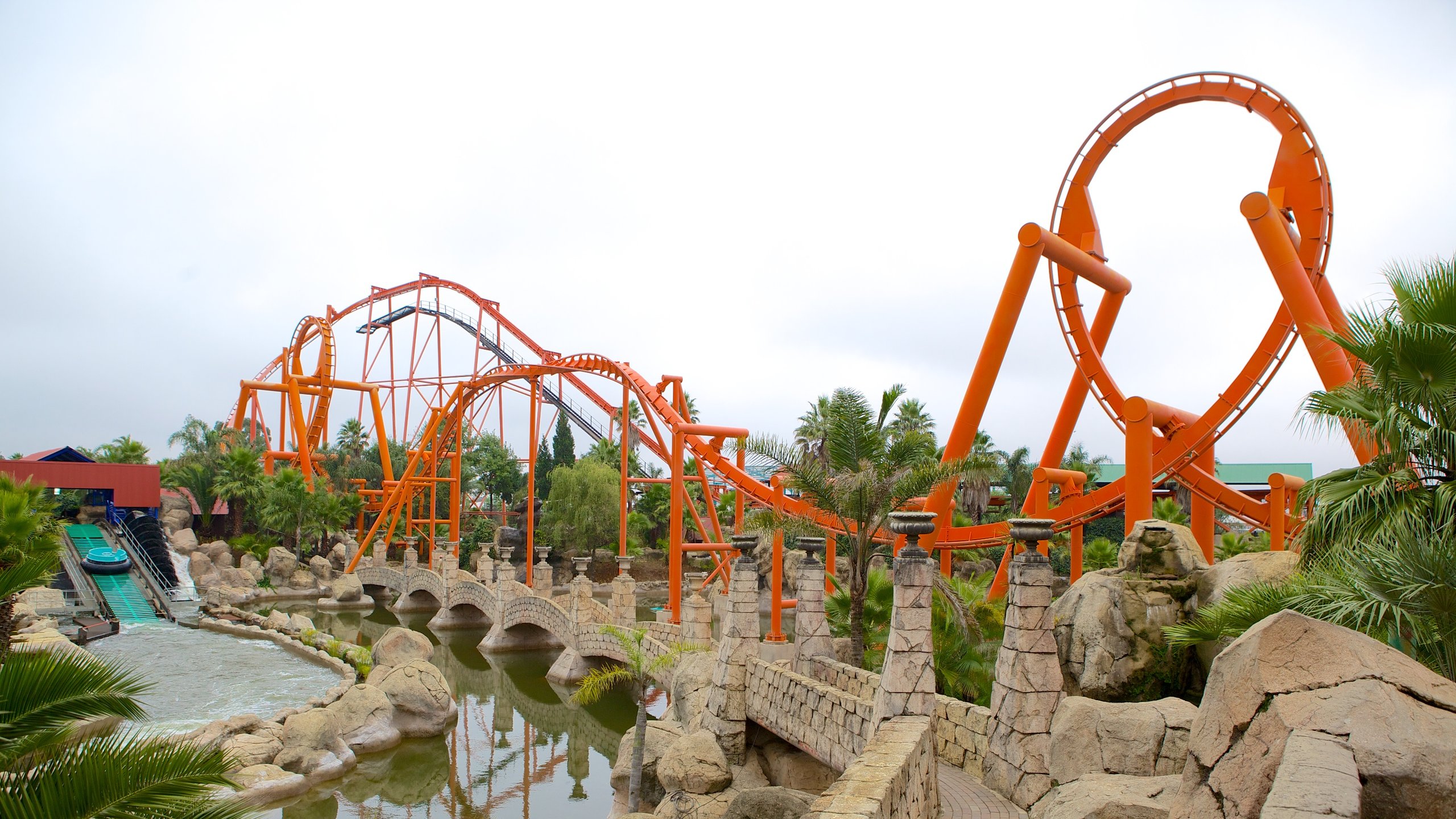Johannesburg North Attractions - The Facts
Johannesburg North Attractions - The Facts
Blog Article
The Basic Principles Of Johannesburg North Attractions
Table of ContentsNot known Facts About Johannesburg North AttractionsThe Greatest Guide To Johannesburg North AttractionsSome Known Details About Johannesburg North Attractions The 5-Second Trick For Johannesburg North AttractionsWhat Does Johannesburg North Attractions Do?All about Johannesburg North Attractions
The city grew on the edge of the Witwatersrand Main Reef, a below ground stratum of gold-bearing quartz-silica empire that arcs for hundreds of miles under the Highveld - Johannesburg North attractions. Many of the gold mines in the city stopped operation in the 1970s, but in its day the Witwatersrand gold sector accounted for more than 40 percent of the globe's annual gold production.Johannesburg has a temperate climate. The city enjoys concerning eight hours of sunlight per day in both winter season and summer.
What rain the city receives falls almost exclusively in the summertime months, often in amazing late-afternoon electrical storms., where numerous locals still count on coal for gas.

The Best Guide To Johannesburg North Attractions
The balance of the city is inhabited by whites. Holiday accommodation varies in personality and top quality.
Physical growth, although somewhat restricted by transportation, continued quickly as immigration to South Africa, and Johannesburg in particular, enhanced considerably.
A lot of bad suburbs were combined, with inadequate blacks and whites living together, although the wealthy suburbs were generally reserved for whites.
The estimated populace of the region is 200,000, [] yet the number of individuals residing in the central city on an informal basis is unidentified, as numerous are prohibited immigrants. A lot of higher-income residents and white individuals have relocated to the northern residential areas and have been changed by lower-income black individuals. The joblessness, education and learning, and age accounts of the location are all unidentified, due to the trouble of getting trusted information concerning read the location.
9 Easy Facts About Johannesburg North Attractions Explained
Centred on the CBD, the region consists of the suburbs of Yeoville, Bellevue, Troyeville, Jeppestown, and Berea to the east. To the west it infects Pageview (Johannesburg North attractions) and Fordsburg. There are little industrial locations to the south, such as City West-Denver and Benrose. Around 800,000 commuters travel through the internal city everyday, and it operates as a local buying node for visitors from the southerly residential areas. Yeoville and Bellevue have a mix of apartment and single domestic units on tiny great deals. The region is located on a hilly divide that runs from east to west. One have a peek at this site of the most obvious geographic attribute is Observatory Ridge, which is called for the huge observatory located on it. The leisure areas are no more utilized, due to security issues.

Johannesburg North Attractions Things To Know Before You Buy
R. Tambo International Airport Terminal). The eastern suburban areas are several of the earliest areas of Johannesburg, there are large communities of Jewish and various other European histories, the majority of the populace is English talking. There are three fairway along with a variety of safeguarded ridges with viewsites. There are a number of well-developed and up-market amusement and purchasing areas in the east such as the Eastgate Mall and the Greenstone shopping center.
The location is primarily composed of old "matchbox" residences, or four-room homes built by the federal government, that were developed to offer inexpensive accommodation for black employees throughout discrimination. Soweto is an acronym, standing for "South Western Townships". Street after road around is lined with matchboxes; however, there are a couple of smaller locations where flourishing Sowetans have actually built houses that are extra similar in stature with those in more upscale suburban areas.
Hostels are another famous physical feature of Soweto. Originally constructed to house male migrant workers, lots of have actually been improved as houses for pairs and families. The N1 Western Bypass skirts the eastern limit of Soweto. The suburb was not historically enabled to develop work centres within the area, so nearly all of its locals are commuters to various other components of the city.
Not known Facts About Johannesburg North Attractions
The N1 Western Bypass attaches the north suburbs with the north-western residential areas. The houses in the northern residential areas are mostly official, without substantial areas of informal real estate, or real estate that lacks a long-term framework. Although this is a recognized area, there is a trend of land usage adjustment from residential to industrial, particularly along main arterial roadways and around recognized nodes.
Roadways to the eastern and west are less well created, as there are no highways taking a trip in that direction. In the direction of the northern boundary of the city, the density of advancement lowers, leaving big areas of primitive reference land around Midrand.
Some Ideas on Johannesburg North Attractions You Should Know
, which is located on a hill overlooking the inner city and Hillbrow.
Report this page